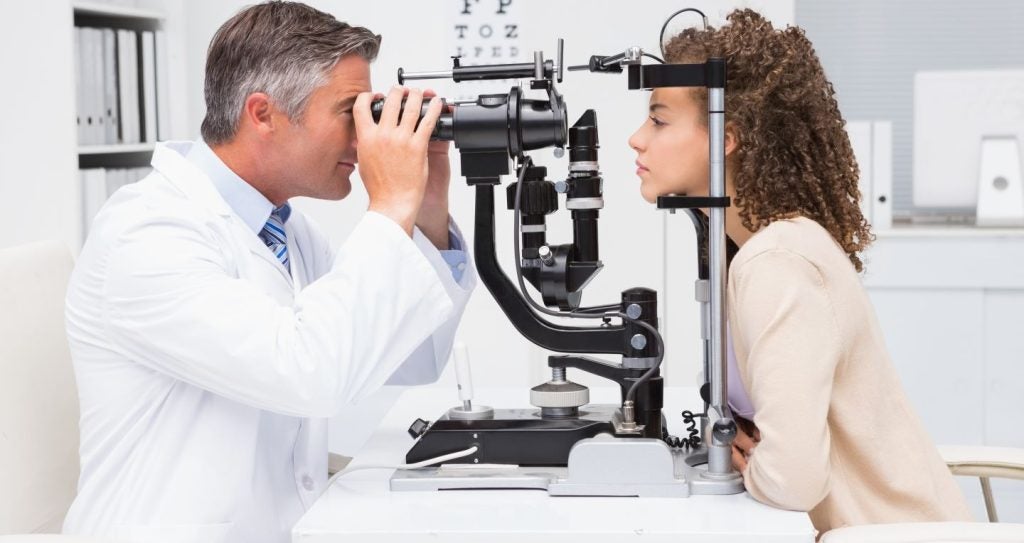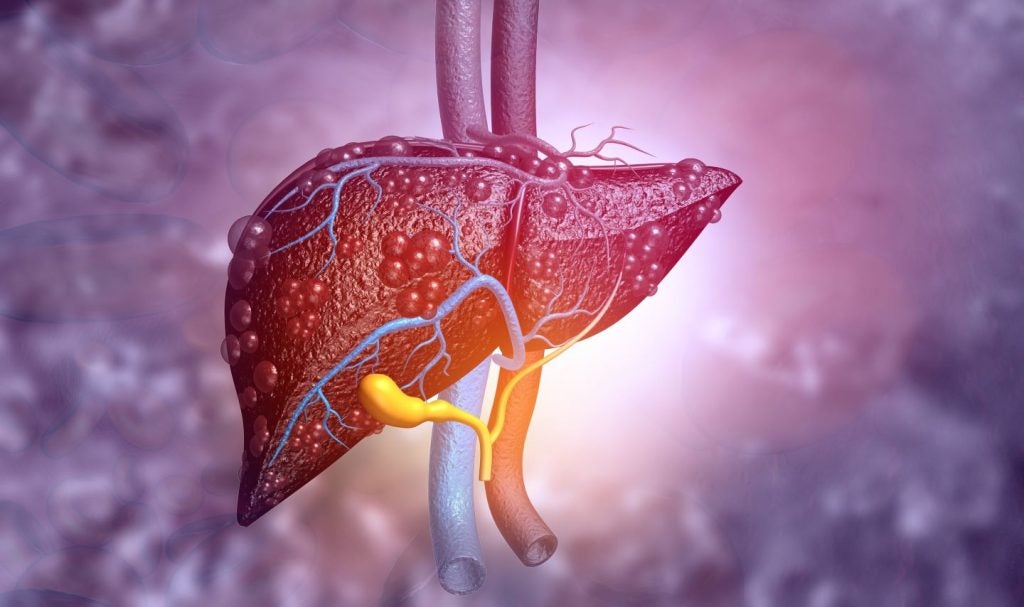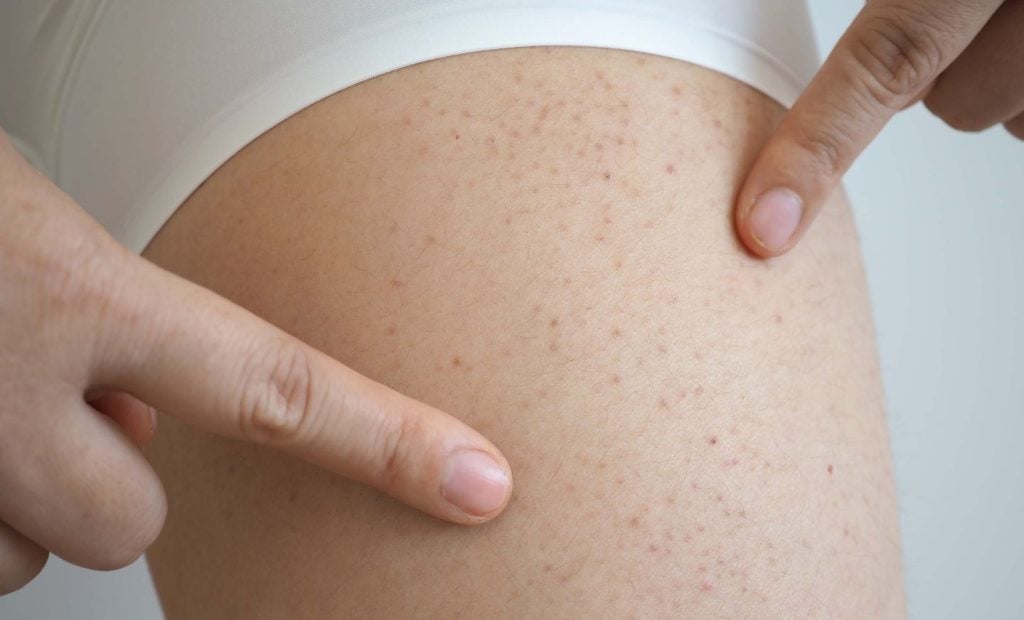Ocugen has announced the completion of subject dosing in the first cohort of its Phase I/II ArMaDa clinical trial of gene therapy candidate OCU410 (AAV-hRORA) to treat geographic atrophy (GA).
In the trial, 13 retinal surgery sites across the US are taking part.
The participant enrolment in the first cohort has concluded, and three subjects were given a 200µL single subretinal administration of the low dose (2.5x10¹⁰vg/mL) of the gene therapy.
The two-phase ArMaDa trial aims to evaluate the safety of unilateral subretinal administration of OCU410 in GA patients.
Phase I portion of the trial will be an open-label, multicentre, dose-ranging study analysing three dose levels of the gene therapy [low dose (2.5×10¹⁰vg/mL), medium dose (5×10¹⁰vg/mL), and high dose (1.5 ×10¹¹vg/mL)].
Phase II segment will be a randomised, outcome accessor-blinded, dose-expansion study with subjects randomised into a 1:1:1 ratio to receive either one of two OCU410 treatment doses or placebo.
Leveraging an AAV delivery platform for the retinal delivery of the ROR Related Orphan Receptor A (RORA) gene, OCU410 targets multiple pathways linked to dAMD pathophysiology.
RORA protein has a key role in lipid metabolism, lowering deposition of lipofuscin and oxidative stress and demonstrated an anti-inflammatory role in both in-vitro and in-vivo studies.
Ocugen chairman, CEO and co-founder Dr Shankar Musunuri said: “We are very enthusiastic about the potential of OCU410 as a one-time treatment for life with a single sub-retinal injection.
“While there are currently two recently approved products for the treatment of GA, both require approximately 6-12 intravitreal injections annually and target only the complement system. OCU410 addresses multiple pathways causing dAMD, including complement, lipid metabolism, inflammation, and oxidative stress.”
Last month, the company announced the completion of dosing in the first cohort of the Phase I/II GARDian clinical trial of OCU410ST (AAV5-hRORA), a modifier gene therapy candidate being developed to treat Stargardt disease.















